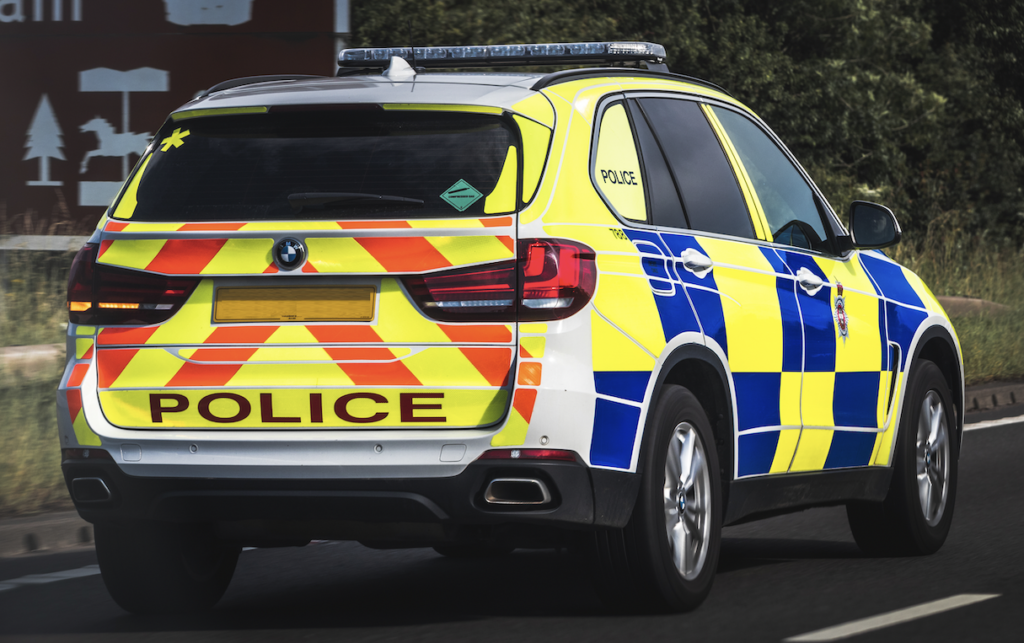Driving with poor eyesight
According to statistics, over 9 million drivers in the UK have eyesight that falls below the legal standard for driving. This not only causes over 3,000 casualties per year, resulting in £33 million in costs but also carries significant legal implications. If you find yourself involved in an incident and it is found that your eyesight was to blame, then you could find your insurance void and a costly bill, plus the chance of being prosecuted for driving with uncorrected deficient eyesight. This could lead to fines, penalty points on your licence, or even a driving ban.

When you take your driving test, you will probably remember being asked to read a number plate from a distance by your examiner to show that your eyesight is in good order to read road signs at a distance. The distance is approximately five car lengths, 20.5 metres, and if you fail to read from this length, you will fail your driving test immediately before even going out on the road. Your driving instructor should have tested your eyesight before your first driving lesson. If you fail this test, you will need to get the correct contact lenses or glasses; this could result in your provisional licence being revoked. If this is the case you will have to reapply to DVLA and be asked to have another eyesight test with the DVSA at the test centre (which can be taken with corrective glasses or contact lenses). If you pass, you will have your provisional licence back, but you will still have to pass the number plate test on your next driving test exam and of course before any driving lessons.
It is important to understand that your insurance will also be based on your eyesight being satisfactory to drive, which is why it can be voided if poor eyesight causes an accident. It is not necessarily just the insurance that will be affected; you may also find your licence revoked until your eyesight has been corrected and you have suitable glasses or contact lenses that help with your driving.
Your eyesight should be tested regularly, at least every two years, especially if you drive. If you are a bus or HGV driver, your eye tests may be more regular and have much higher standards with stringent regulations regarding corrective glasses or contact lenses.
Poor eyesight while driving is not just due to shortsightedness. It can also be caused by issues with night driving, field of vision, contrast sensitivity, and certain medical conditions that can affect eyesight sporadically, such as migraines. These issues will all affect the safety of the driver, any passengers, and drivers and pedestrians on the roads being used, so it is vital that good eyesight is paramount to safe driving.

If a police officer gives you an eyesight check on the side of the road and you fail, you can receive a ban on your licence and have to reapply with proof that your eyesight has been corrected. All this takes a lot of time and is not a quick fix. Even if you get an optician’s appointment the next day, DVLA could take months to catch up. So, it is better to avoid having the issue in the first place, test your eyesight regularly, and make any adjustments accordingly.
Eyesight issues happen gradually, and many people may not notice immediately. However, if you experience any of the symptoms below, it is important to get in touch with your optician to check for underlying causes that can result in a lack of driving safety.
- Headaches, especially when or after driving
- Eyestrain
- Double vision
- Pressure behind the eyes
- Needing a brighter light to read
- Difficulty with night vision or changing light/twilight
- Noticing halos around lights
When to notify the DVLA
- It is law to inform the DVLA if you have any of the conditions below that may affect one or both eyes
- Any condition that creates a blind spot in one or both eyes
- Sharpness of vision (visual acuity)
- Glaucoma, or any other disease or damage of the retina at the back of the eye (retinopathy)
- Tunnel Vision
You do not have to notify the DVLA
- If you are short or long sighted as long as you wear glasses or contact lenses to satisfy the driving standard
- If you are colour blind
- If you have had corrective surgery but now meet the standard needed to drive
- If you have sight in only one eye (monocular vision) and its vision is unimpaired or corrected by glasses or lenses
